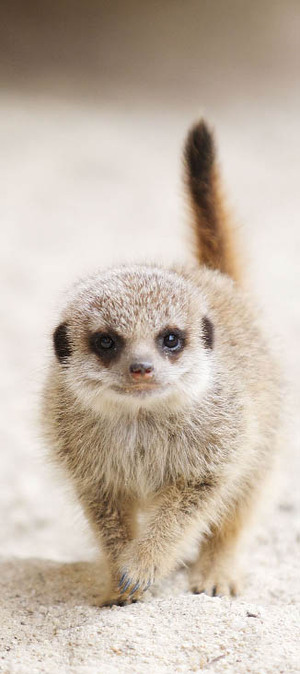THERE’S been plenty of animal activity in Dublin Zoo over the past few weeks with some new faces making their first appearances.
Twin red panda cubs made their public debut last week, much to the delight of keepers and visitors. The youngsters were actually born in June but only ventured out of their den and into the daylight a fortnight ago.
The two females were born to parents Angelina and Chota, who gave birth to another set of twins this time last year.
Zoo team Leader Eddie O’Brien explained the significance of the births.
“Red pandas are endangered in the wild so we are over the moon that this is the second litter born at Dublin Zoo within a year,
? he said.
“They are both doing very well and getting more adventurous and confident as they can be seen exploring their habitat during the day now.
?
Red pandas have thick, dense fur and a long, bushy tail to keep them warm. The fur on the soles of their feet also prevents them from slipping on wet branches.
They are mainly active at sunrise and sunset and spend the rest of their time asleep in the trees.
The appearance of the two red pandas came just weeks after two meerkat pups were born to the zoo’s family of four adult meerkats, one male and three females.
Like the red pandas, the meerkat pups were born during the summer, but visitors are only now getting their first glimpse of the young additions as mum and dad kept them hidden in burrows during the early stages of their lives.
Throughout this period, their parents and aunts kept watch over the secret passages, calling out and warning each other if there were any signs of danger or predators nearby.
This is typical of meerkats who demonstrate altruistic behaviour within their colonies where one or more meerkats stand guard, to warn others of approaching dangers.
Eddie O’Brien, said all the team at the zoo was delighted with the arrival of the pups.
“It has been some time since meerkats were born at the zoo so these are a welcome additions,
? he added.
“We think the youngsters are female.
Meerkats are small mammals belonging to the mongoose family. They live in various parts of southern Africa including the Kalahari Desert in Botswana, the Namib Desert in Namibia, south-western Angola and South Africa.
